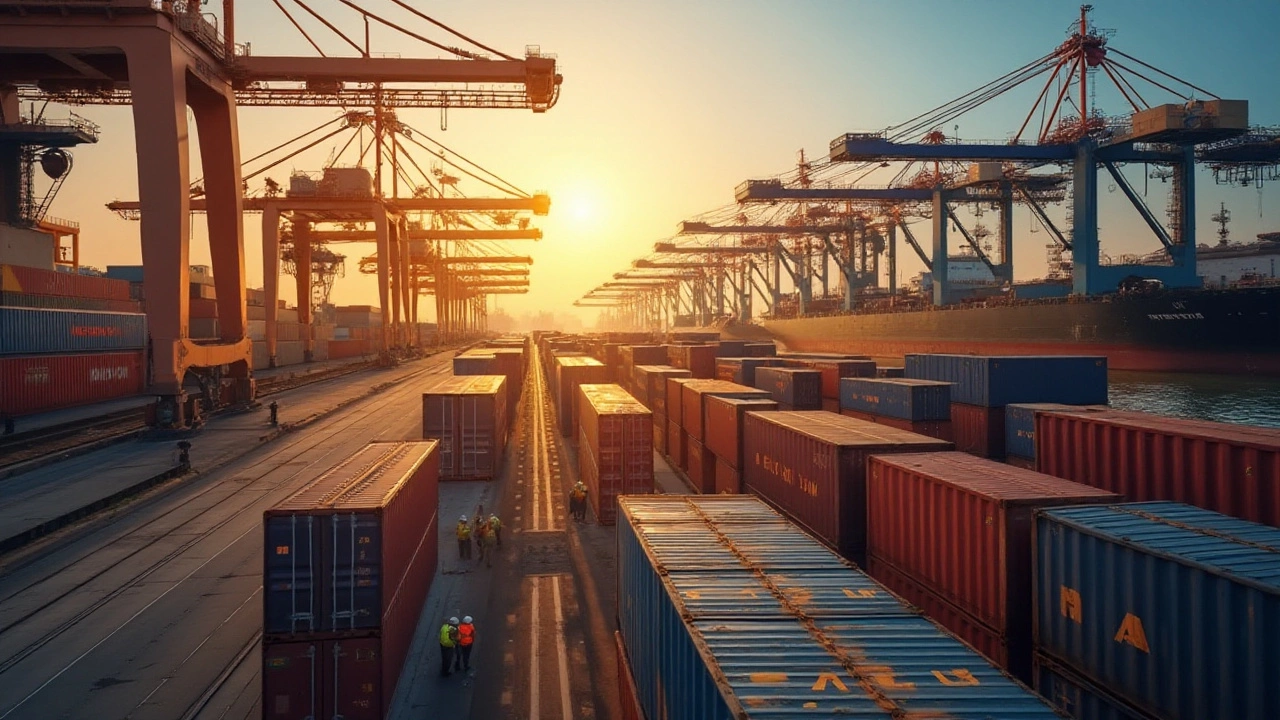Global Transport: Moving Your Goods Across Borders Efficiently
Shipping products across countries can feel like a maze, but it doesn’t have to be. Whether you’re sending a single pallet or a full container, knowing the main options and what they cost helps you avoid surprise fees and delays. Below you’ll find the most common ways to move cargo, plus quick tips on picking the right partner for your business.
Key Types of Global Transport
Sea freight is the workhorse for large, non‑urgent shipments. A 40‑foot container can hold dozens of pallets, and rates are measured per cubic meter or per container. The downside is speed – expect 2‑6 weeks depending on the route. Look for a carrier with reliable port handling and clear customs support.
Air freight is the sprint option. It’s perfect for high‑value, lightweight, or time‑critical goods. Prices are calculated by weight or volume, and a flight can shave days off a sea journey. Because air cargo moves through tight security, make sure your paperwork is spot‑on to avoid hold‑ups.
Rail transport shines in regions with strong rail networks, like Europe, China, and parts of North America. It offers a middle ground between sea and air – faster than a ship but cheaper than a plane. Rail is especially good for bulk items that don’t need the speed of air.
Road trucking ties everything together. It’s the final‑mile link that delivers containers from ports or airports to warehouses and stores. Choose a trucking firm with real‑time tracking so you know exactly where your cargo is.
Many businesses use multimodal shipping, combining two or more methods to balance cost and speed. For example, a shipment might travel by sea to a hub, then switch to rail for inland movement, and finish with a truck delivery. The key is coordinating each leg so there are no gaps in paperwork or timing.
How to Choose the Right International Shipping Partner
Start with a clear picture of your shipment: size, weight, value, and when it must arrive. Use that to filter carriers that specialize in the mode you need. A good partner will give you a transparent quote, break down each charge, and explain any surcharges up front.
Reliability matters more than the lowest price. Look for carriers with a track record of on‑time performance and strong customs expertise. Reviews, case studies, and references from similar businesses are worth checking.
Technology can be a game‑changer. Companies that offer online booking, shipment visibility dashboards, and automated alerts let you stay in control without chasing a phone call. StockOne Logistics, for instance, provides real‑time tracking and a single platform for sea, air, rail, and road services.
Don’t forget insurance. International freight carries risk – damage, loss, or delays. A partner that bundles coverage or can connect you to reliable insurers adds peace of mind.
Finally, think long‑term. Building a relationship with a carrier who understands your growth plans, seasonal peaks, and compliance needs can save time and money over multiple shipments.
Global transport doesn’t have to be a headache. By matching the right mode to your product and picking a partner who offers transparency, technology, and solid support, you’ll keep your supply chain moving smoothly across borders.
Top 10 Leading Logistics Companies Shaping the Future of Global Transport
Logistics companies are the backbone of global trade, ensuring the swift and efficient movement of goods across continents. In this article, we'll journey through the top ten logistics companies that dominate the industry with innovative solutions and vast networks. From international shipping giants to tech-savvy newcomers, discover how each contributes to the global supply chain. Get insights on their strengths, strategies, and what sets them apart in a competitive market.
Read More